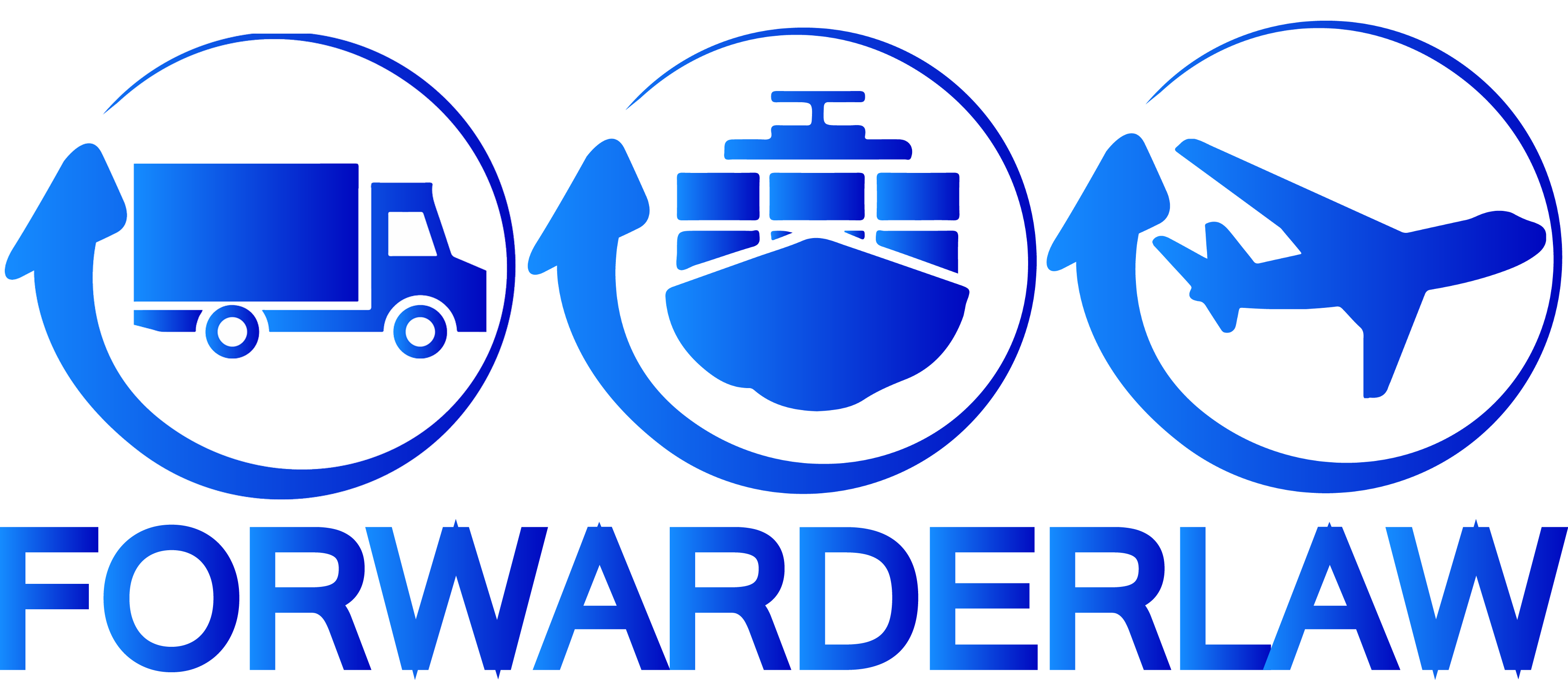Pauline Davies, Fee Langstone, New Zealand
As of 1pm on 20 April 2020, New Zealand had had only five new cases of coronavirus in the past 24 hours, continuing a solid downwards trend. In total, 13 deaths have been reported.
The government has therefore announced that at 11.59pm on Monday, 25 April, the country will move out of its “Level 4” full lockdown and go to Level 3. This means that any businesses that can be contactless and where social distancing can be maintained between staff and between staff and customers may re-open, although anyone that is able to work from home is expected to do so. Restaurants and bars will have to remain closed but food outlets that cater for take-out food can open, subject to the guidelines, as can construction sites. Schools will be re-opening for the children of workers in businesses that are re-opening. More forms of exercise and outdoor activity will be permitted.
At a practical level, e-commerce and click-and-collect outlets will likely be the greatest beneficiaries of the partial lifting of restrictions, along with domestic carriers and couriers.
Level three status will be maintained for two weeks and then reviewed, with the hope being that the easing of restrictions over movement do not create an increase in new coronavirus cases to the point where it is unsafe to move to level two. At level two life will start to look a lot more like it used to, although international travel will be essentially unavailable for some time. While there is no prohibition on such travel, only New Zealand citizens and permanent residents are currently allowed to return and everyone returning must enter a government-provided and monitored isolation facility for 14 days, making travel impractical for most.

